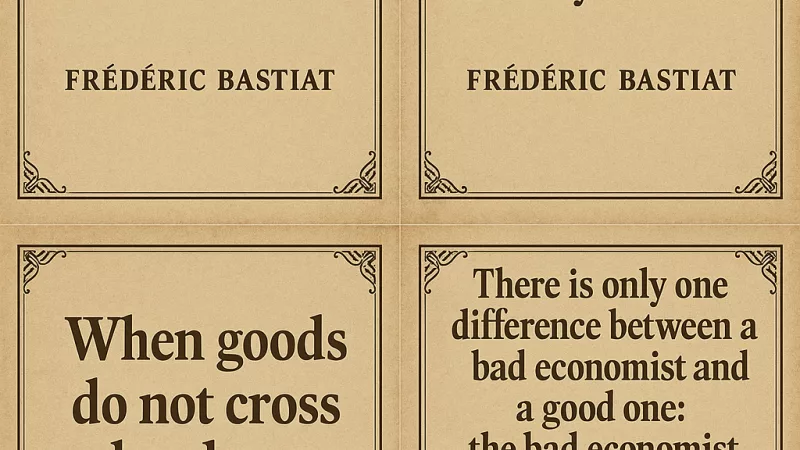Ten Twelve – Courage

Courage
Stormin’
- https://www.youtube.com/watch?v=1Vi96A6tFxI
- https://www.youtube.com/watch?v=jPPzvuDIr1w
- tons of free audiobooks on YouTube
=====
The Courage to be Free by Amy H. Steves sits in the high-demand overlap of self-compassion, nervous-system regulation, and boundaries. Its pitch—resetting a fear-driven “default” to a Default Setting of Peace via four pillars (Self-Forgiveness, Self-Care, Happiness, Inner Calm) and concrete techniques (90-Second Emotional Rule, S.T.O.P., vagus-nerve work)—targets readers who are anxious, overextended, and self-critical.
Primary psychographics likely include: recovering perfectionists, burnt-out caregivers/knowledge workers, trauma-aware readers, and mindfulness-curious skeptics who still want evidence-leaning tools.
Strengths (What likely sets it apart)
- Clear, ownable language. Phrases like Default Setting of Peace, Internal Judge, and Baseline Joy are sticky, brandable, and blurb-friendly.
- Whole-stack framing. Integrates mindset, behavior, and physiology rather than offering a single-tool fix; the vagus-nerve hook gives it concrete “how.”
- Actionable micro-protocols. The 90-Second Emotional Rule and S.T.O.P. create quick wins and “reps,” increasing perceived efficacy.
- Boundary-first self-care. Recasts self-care as energetic boundaries and value-anchored routines—strong resonance for readers who feel “self-care” is fluff.
- Anti-victim narrative with compassion. “Sovereign agency” without shame appeals to readers who want empowerment without toxic positivity.
- Market fit with proven comps. The blend of self-forgiveness (e.g., Self-Compassion), nervous-system literacy (e.g., polyvagal-inspired works), and daily practices (mindfulness/habits) aligns with high-performing categories.
Weaknesses (Where it may underperform or draw criticism)
- Evidence gap risk. Neuroscience claims (vagus nerve, “rewrite defaults”) need citations, footnotes, and scope limits to avoid “neuro-hype.”
- Capitalization & jargon. Frequent Title-Case concepts (Default Setting of Peace, Internal Judge) can read like branding rather than science.
- Originality pressure. Parts overlap with well-known ideas (gratitude, pause-techniques); novelty must come from data, case studies, or distinctive sequencing.
- Scope creep. Four pillars cover a lot; without a clear arc and measurements, readers may feel overwhelmed or unconvinced of progress.
- Cultural/clinical nuance. “Choose response over reaction” needs trauma-sensitive framing and disclaimers (not a substitute for therapy).
- Masculine buy-in. “Energetic boundaries/sovereignty” language may skew feminine; consider parallel language (stress-load, bandwidth, protocols) for breadth.
Why Readers Buy (Core appeal signals)
- Quick, repeatable tools that calm the body fast (90-second window, S.T.O.P., breath-led shifts).
- A kinder inner voice: dismantling the Internal Judge promises relief from shame/rumination.
- Boundaries that stick: scripts and “mute” tactics for toxic inputs address day-to-day friction.
- Practical happiness: Baseline Joy reframes gratitude as a trainable attention skill, not a list.
- Whole-life portability: methods that fit commutes, caregiving, and work stress.
- Identity upgrade: “sovereign agent” framing appeals to readers wanting agency without hustle-culture harshness.
Why Some Won’t Buy (Likely friction points)
- Skepticism of “neuro” framing without citations, diagrams, or clinical references.
- Overpromising vibe in phrases like “rewrite your neurological default” if outcomes aren’t bounded by time and effort.
- Repackaging concerns if readers feel they’ve seen similar ideas (gratitude, pause, boundaries) elsewhere.
- Tone/style mismatch: branded capitalizations and “sovereignty” rhetoric may feel marketing-heavy to some.
- Insufficient scaffolding: if exercises lack progression (Week 1–4), readers can’t track momentum.
- Trauma caveat: readers with complex trauma may need clearer safety notes and referral guidance.
Performance-Oriented Notes (what will improve traction)
- Make progress visible. Add a 4-week protocol, habit tracker, and baseline/endpoint mini-assessments (self-forgiveness, reactivity, boundary adherence).
- Ground the claims. Include notes/refs, quick explainer visuals (afferent/efferent vagus, window of tolerance), and “what this does / what it doesn’t do.”
- Case vignettes. 8–12 micro-stories across demographics (caregiver, manager, teacher, retiree, new parent) with measurable before/after.
- Language dual-track. Offer clinical/neutral synonyms beside energetic language to widen appeal.
- Companion assets. Audio breath cues (box breathing, extended exhale), printable boundary scripts, and a one-page S.T.O.P. card.
Recommendations for a Competing Self-Published Title (7–10 critical do’s & don’ts)
- Own a unique promise + proof. Craft a sharp subtitle with a measurable outcome (e.g., “A 28-Day Protocol to Lower Daily Reactivity and Raise Baseline Calm”). Include before/after check-ins.
- Evidence without bloat. Use plain-language citations, one-page anatomy diagrams, and margin “science notes.” Avoid hand-wavy neuro-claims.
- Protocolized structure. Deliver a day-by-day or week-by-week plan with rep counts, timing (e.g., 2×/day, 90 seconds), and escalation ladders.
- Boundary scripts that sell. Provide word-for-word “say this / text this” templates for family, colleagues, and social media detox—high shareability.
- Trauma-informed guardrails. Safety notes, “stop-light” difficulty tiers, and clinical referral boxes; never imply cure-alls.
- Mixed-format learning. Pair the book with audio breathwork, a printable habit tracker, and a quick-start 10-minute routine; link via short URLs/QR.
- Show receipts. Add micro-case studies with baseline ratings (0–10 stress/reactivity), what was tried, and the 14-day result.
- Language for all readers. Offer two labels for key ideas (e.g., Energetic Boundary / Stress-Load Limit) to capture both spiritual and skeptical audiences.
- Keep the voice clean. Minimize capitalized brand-terms; favor clear headers, checklists, and outcomes over manifesto prose.
- Back-end discoverability. Nail keywords/categories, comp-aware positioning, and include chapter-ending summaries for skim readers (improves reviews & completion).
Bottom Line
This book’s integrated, nervous-system-first promise is commercially resonant. To maximize conversion and reviews—either for this title or a competitor—tighten claims, show progress, and package the ideas into repeatable, trackable protocols with credible scaffolding.
======
The Power of the Unspoken
If you want to create real change—or even build a livelihood around solving problems—look for the topics people hesitate to talk about. That’s where opportunity lives.
There’s tremendous leverage in turning something uncomfortable into something people can no longer ignore.
For example: one of the most effective ways to reduce cancer rates isn’t a new drug or breakthrough—it’s more people getting colonoscopies. The science is already there. What’s missing is the cultural shift that makes prevention feel urgent and normal.
The same principle applies to women’s health, retirement planning, or drunk driving. Big change often starts with small, brave conversations.
Culture naturally protects its status quo. But persistent, organized community action can rewrite the rules—and reset what’s considered “normal.”





